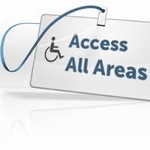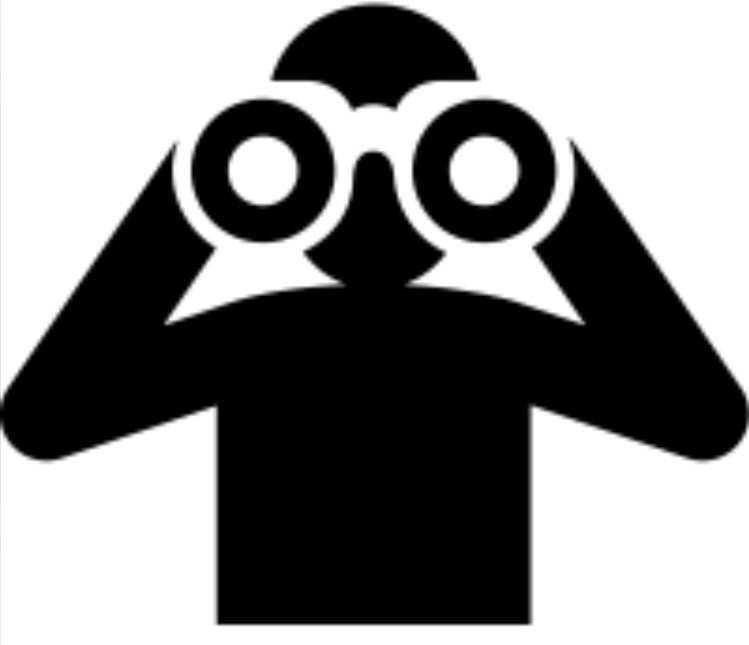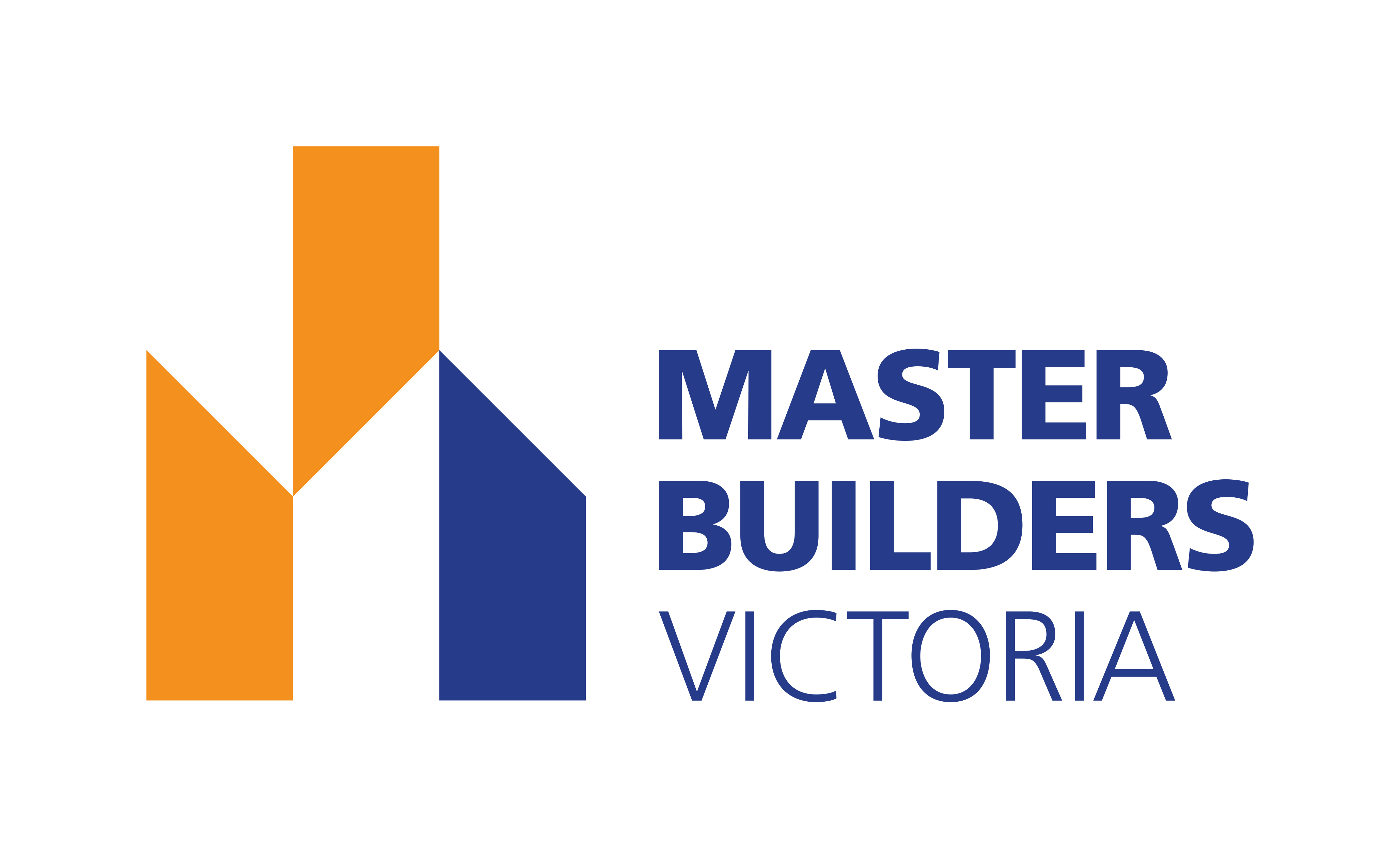Information
-
Document No.
-
Audit Title
-
Client / Site
-
Conducted on
-
Prepared by
-
Location
-
Personnel
1.0 - Previous Inspection
-
1.1 - The last safety inspection report has been reviewed and actioned by the Supervisor, or lead scaffolder?
-
1.2 - Are there any outstanding actions?
2.0 - Training & Compentency
-
2.1 - Has the scaffold crew read, and signed the current risk, and method statement?
-
2.2 - Have any health and safety issues raised by the scaffold crew been correctly dealt with?
-
2.3 - Is there evidence of safety leadership by lead scaffolder, foreman, or the competent person?
-
2.4 - Do the scaffolders hold the relevant CISRS card assign to the current scaffolding task?
3.0 - Information, Instruction
-
3.1 - What was the last toolbox talk given?
-
When was the last subject talk given?
-
3.3 - Is the risk and method statement relevant to the current scaffold task?
-
3.4 - Where there is incomplete scaffolding, is there a 'Danger-In complete Scaffold' sign been posted?
4.0 - Workplace material storage and housekeeping
-
4.1 - Was there evidance of good stacking and storage practices observed
-
4.2 - Access ways kept clear
-
4.3 - Is the work zone cordoned off with the safety signs in place?
5.0 - Vehicle Movement controls
-
5.1 - Traffic routes sufficient for safe and easy movement
-
5.2 - Designated loading and unloading areas clearly marked out
-
5.3 - Pedestrian routes clearly marked out, and controlled by barriers, and Signage?
6.0 - Work At Height
-
6.1 - Is the scaffolding task being carried out in accordance NASC SG4:10 with the use of the advanced guardrail system
-
6.2 - Has the scaffold crew adopted the tunnelling technique by boarding from the lift below?
-
6.3 - Single guardrails to non-working lifts at each side where a fall could occur?
-
6.4 - Vehicle base fall protection installed around the lorry bed with safe accessibility?
-
6.5 - Rescue plan in place and relevant to the scope of works
-
6.6 - Has the scaffold crew installed secure ladder access at the earliest opportunity between lifts?
7.0 - Fall Protection Equipment
-
7.1 - Is there evidence of three-monthly inspection and recording of fall arrest equipment up to date.
8.0 - Workmanship/Structural Integrity
-
8.1 - Is the scaffold erected in accordance with NASC TG20:08 (basic scaffolds) or design
-
8.2 - Are the scaffold foundations on firm and level?
-
8.3 - Does each standard have a timber, or composite sole plate?
-
8.4 - Are the timber sole plates of the correct size, and in good condition with base plates
-
8.5 - Are there a sufficient number of ties, using correct fittings, and across two standards
-
8.6 - Are the ladders secured at both stiles, correct angle and in good order
-
8.7 - Are all the platform fully boarded with guardrails, and toe boards correctly fixed?
-
8.8 - Are trapdoors/gates or barriers provided at key ladder access points?
-
8.9 - Is the scaffold suitable braced with ledger bracing to alternate standards, full height of the scaffold
-
8.10 - Is the facade bracing suitable secured at the node point along the face of the scaffold at a maximum of six bays? (TG20:08 - Clause 6.3)
8.0 B - Bridging and Structural Support
-
8.1B - Has the supporting towers erected in accordance with the design?<br> <br>
-
8.2B - Load bearing couplers used at the correct intersections.<br>
-
8.3B - The beams connected to the support towers by load bearing couplers to the top, and bottom chords?.<br><br>
-
8.4B - The lacing tubes fixed to the top chord of the prefabricated beams @ 1.0m centres.<br> <br>
-
8.5B - The lacing tubes fixed to the bottom chord of the prefabricated beams @ 2.0m centres.<br> <br>
-
8.6B - The puncheon tubes connected to the top and bottom chords by load bearing couplers.<br>
8.0 C Scaffold Inspection for non basic scaffolds
-
Describe additional scaffolds reviewed
-
8.1C - Is there a drawing? Generic or specific on site
-
8.2C - Are the scaffolders competent to erect scaffold?
-
8.3C - Is the loading correct for the duty of use?
9.0 - Signage
-
9. 1 - Standard safety signage posted at the key locations (incomplete & do not use)
-
9. 2 - Is the scaff tag signed and displaying the relevant date
10.0 - Material control
-
10. 1 - Company procedures for checking, maintaining plant & equipment being implemented
-
10.2 - Safe stacking practices observed eliminating unsecured materials?
-
10.3 - Safe storage of materials observed at height?
11.0 - Personal Protective Equipment - Sufficient and correctly being worn
-
11.1 - Hard hat
-
11. 2 - Gloves (various types for site conditions)
-
11. 3 - High Visibility vest or garment
-
11. 4 - Harness & Lanyard correctly applied and adjusted
-
11. 5 - Ear protection
-
11. 6 - Eye protection
12.0 - Lifting operations
-
Are lifting operations being carried out?
- Yes
- No
- N/A
-
Are the correctly lifting equipment & accessorises being used?
- Yes
- No
- N/A
-
12.1 - Gin wheel correctly position, no greater than 750mm, and secured by fixing each side of the ring
-
12.2 - Is the area below the lifting point cordoned off
-
12.3 - Have the users knowledge of knots, rolling hitch for tube, and timber hitch for boards
-
12.4 - Is the rope and wheel free from defects and suitably displaying next inspection date?
-
12.5 - Fittings being raised or lowered in purpose made bags?
-
12.6 - Loads and Weights,, are the correct amount materials being raised and lowered
13.0 - Selecting work equipment to prevent falls, or danger areas
-
13.1 - Is there appropriate controls to prevent falls of materials?
-
13.2 - Is the control measures sufficient to ensure that persons are not struck by falling objects?
-
13. 3 - What are the controlling measures identified
-
13.4 - Is additional control measures need to be employed where there risk of serious injury when working near, working from, working on, passing near, or passing across any fragile surface?
-
13.5 - Has the scaffold crew shall ensure prominent warning notices, and effectively block off access to those parts of a scaffold which incomplete.
14.0 - Welfare Facilities
-
14.1 - Is the welfare facility's sufficient, readily available, maintained, kept clean and properly lit,
-
14.2 - Mess facilities include a place where workers can sit, make hot drinks and prepare food with wholesome drinking water and cup provided.
-
14.3 - Is the facilities provided to change, dry and store clothing
-
14.4 - Has the facility have washbasins, hot and cold running water, soap and towels
-
Are welfare facilities compliant
Sign Off
-
KPI Conformance
- 0 - Imminent danger present
- 1-2 Major non compliance identified
- 3-4 Minor non compliance identified
- 5-6 Minimum legal requirements
- 7 Company standard achieved
- 8-9 Exceeding company standards
- 10 - Industry best practice
-
Auditor's signature
-
On site representative













